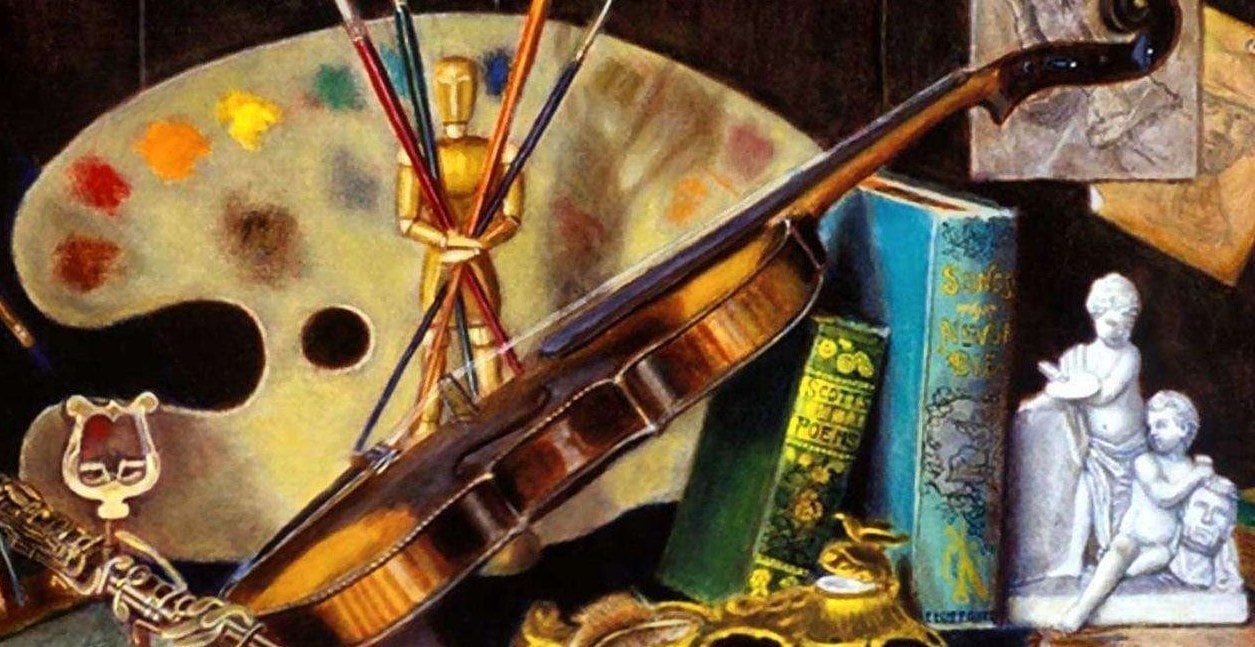The Timeless Language of Art
Seed Tenant•09/21/2025

Art has always been a mirror of human experience. From the first cave paintings to contemporary digital installations, it reflects our emotions, beliefs, and imagination. While styles and mediums have changed over centuries, the essence of art remains the same: it speaks when words are not enough.
A Bridge Across Time and Culture
One of art’s most powerful qualities is its universality. A sculpture from ancient Greece or a mural from modern Mexico can move people thousands of miles away, across centuries. Art allows cultures to share their identity, and it creates a dialogue between the past and the present.
The Power of Expression
For artists, creation is a form of self-expression. Through colors, shapes, and sounds, they communicate stories that might otherwise remain unspoken. For viewers, art is equally transformative—it sparks emotions, raises questions, and invites reflection.
Art in the Modern World
Today, art exists not only in galleries and museums but also in streets, digital platforms, and virtual spaces. Street art challenges social norms, while digital art and NFTs push the boundaries of ownership and creativity. This evolution shows that art is alive, adapting to new tools and new audiences.
Why Art Matters
Beyond beauty, art has the power to inspire change. It can protest injustice, celebrate diversity, or simply remind us of our shared humanity. In a fast-paced world, art slows us down, inviting us to look closer, feel deeper, and think differently.
Final Thoughts
Art is more than decoration—it is a timeless language that connects us all. Whether painted on a wall, performed on a stage, or projected on a screen, it remains one of humanity’s greatest treasures and most powerful forms of communication.